Planning a new ecommerce website is an exciting venture, but it requires careful consideration and strategic thinking to ensure its success. With the growing prominence of online shopping, having a well-designed and user-friendly ecommerce platform is crucial for businesses to thrive in the digital world. This blog post presents seven essential tips to consider while planning your new ecommerce website, enabling you to create a smooth and compelling online shopping experience that engages customers and drives conversions.
Best 7 Tips To Consider On Planning New Create Ecommerce Website
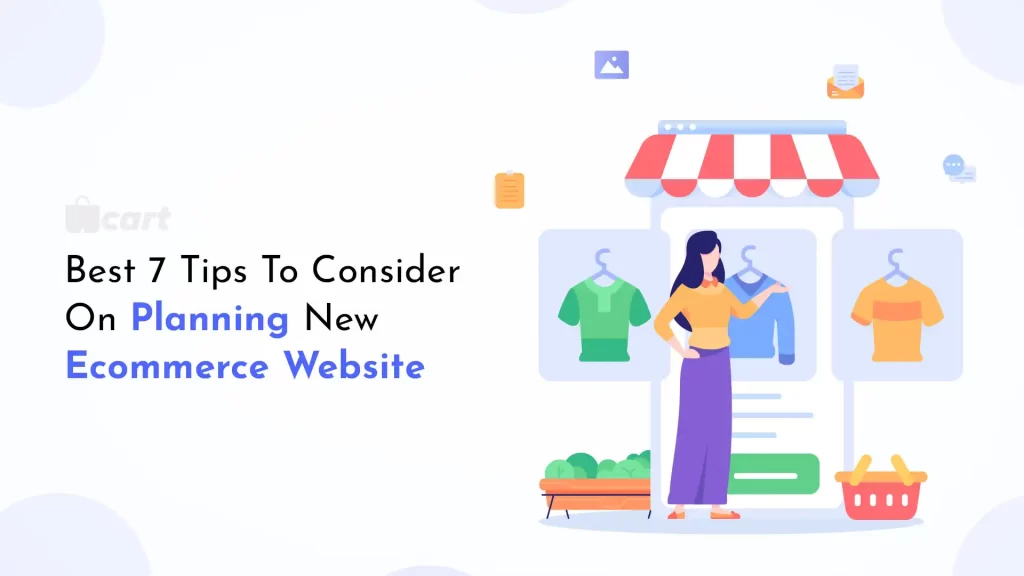
1. Define Clear Objectives and Goals

The foundation of any successful ecommerce website lies in setting clear objectives and goals. Before delving into the development process, take the time to define what you want to achieve with your website. Are you aiming to increase sales, expand your customer base, or launch a new product line? Setting specific and measurable goals will guide the entire planning process, ensuring that every decision aligns with your business objectives.
2. Know Your Target Audience

Understanding your target audience is a critical aspect of planning your ecommerce website. Conduct thorough market research to gain insights into your potential customers’ preferences, behavior, and pain points. This information will shape the design, content, and user experience of your website, enabling you to create a personalized and engaging shopping journey for your visitors.
3. Choose the Right Ecommerce Platform
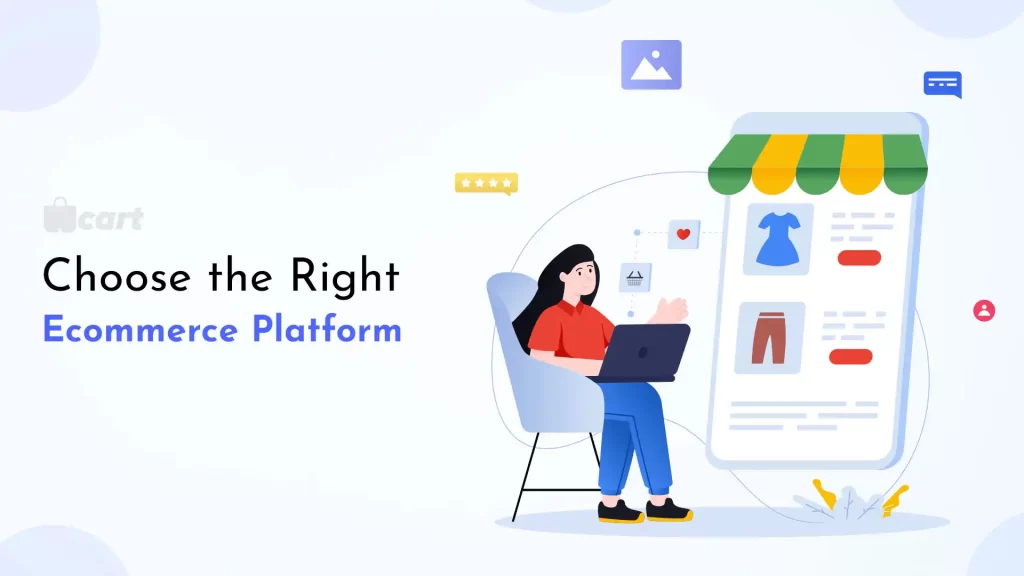
Selecting the right ecommerce platform is a vital decision that directly impacts your website’s functionality and scalability. During the planning phase, research and compare various platforms, such as Wcart, Webnexs, or BigCommerce, based on your specific needs and budget.
Consider factors like ease of use, customization options, payment gateways, security features, and customer support. The right platform should provide a smooth and intuitive user experience for both you and your customers while accommodating your business’s growth and future expansion.
4. Design a User-Centric Experience
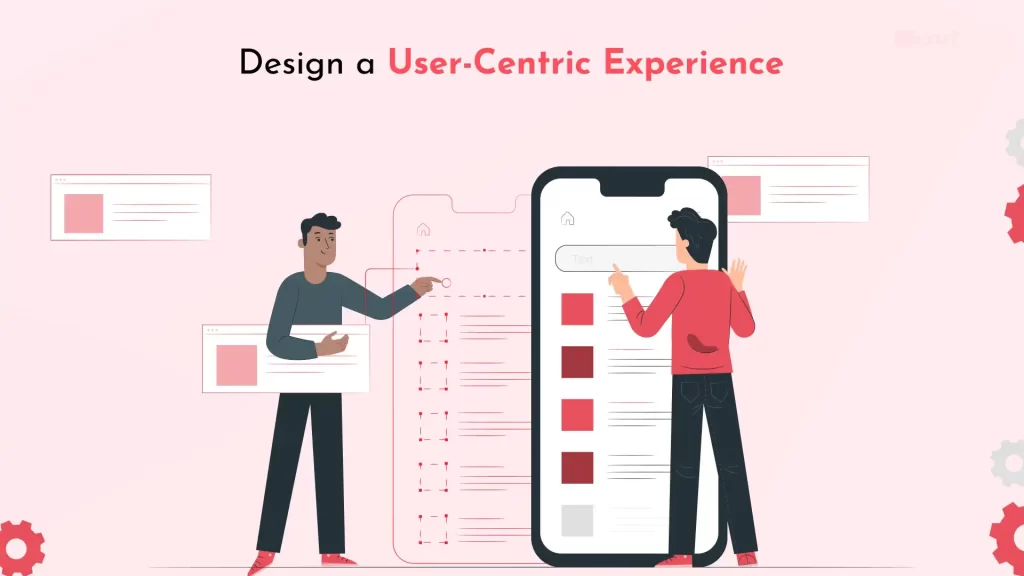
UX is a key determinant of your website’s success. During the planning stage, prioritize creating a user-centric design that is intuitive, visually appealing, and easy to navigate. Utilize wireframes and prototypes to visualize the layout and flow of your website before proceeding with the actual development. Plan for clear and concise product categorization, streamlined checkout processes, and prominent CTAs.
5. Optimize for Mobile Responsiveness
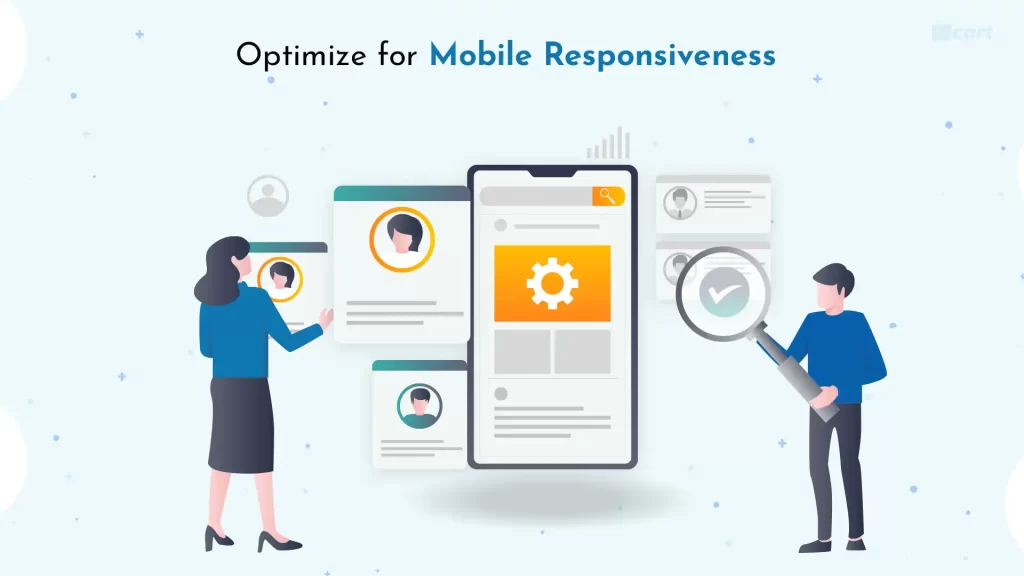
In today’s mobile-dominated world, ensuring that your ecommerce website is mobile-responsive is non-negotiable. During the planning phase, focus on designing a website that adapts seamlessly to different screen sizes, ensuring a consistent and enjoyable user experience across devices. It not only improves user engagement but also enhances search engine rankings, as search engines prioritize mobile-friendly websites in their results.
6. Implement Robust Security Measures
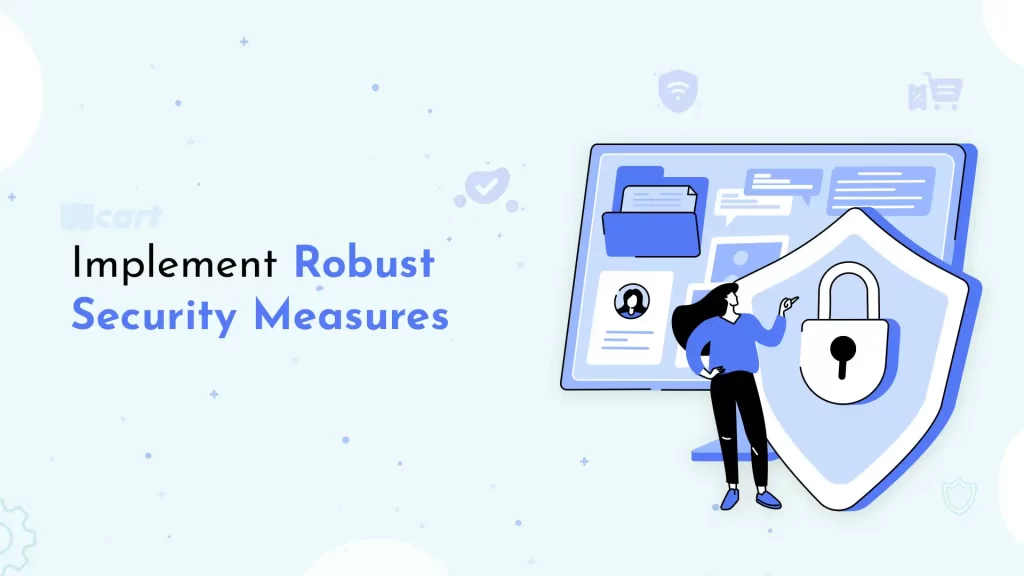
Plan to implement robust security measures, such as SSL certificates, encryption, and secure payment gateways, to protect customer data and instill trust in your audience. A secure website builds confidence in customers and reduces the risk of data breaches or cyberattacks, fostering a positive reputation for your ecommerce brand.
7. Develop a Comprehensive Content Strategy
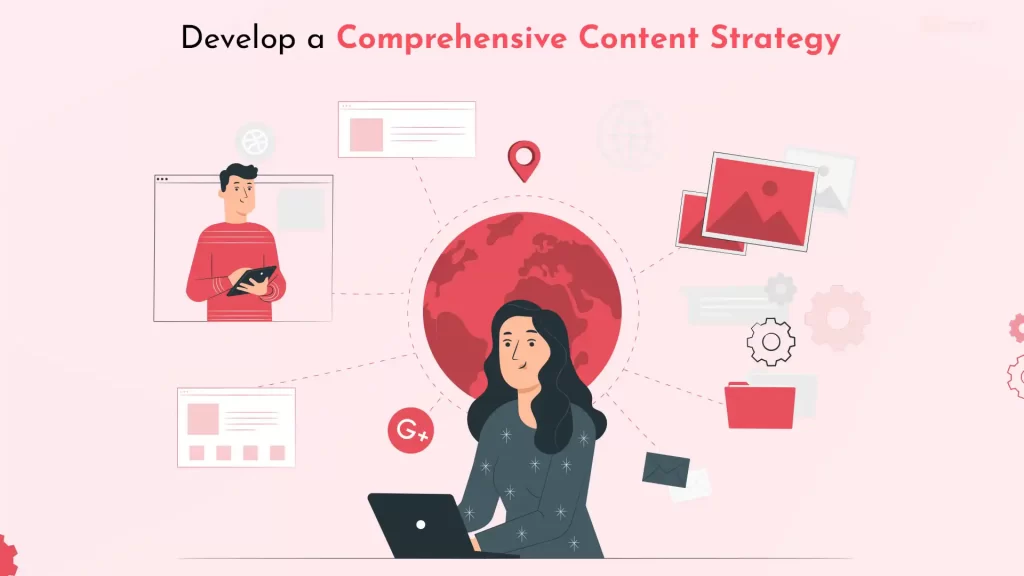
Content is a powerful tool for engaging customers and driving conversions. During the planning phase, develop a comprehensive content strategy that aligns with your brand identity and resonates with your target audience. Plan for persuasive product descriptions, informative blog posts, and engaging visual content. Incorporate SEO techniques in your content planning to improve your website’s visibility in search engine results.
Read More: Best Ecommerce Website Builders
Conclusion
Planning your new ecommerce website is an important step that lays the groundwork for its success. By considering these seven essential tips, you can create a compelling online shopping experience that attracts, engages, and converts customers. By incorporating these tips into your planning process with Wcart, you will be well-prepared to build a successful ecommerce website that stands out in the competitive digital world and drives your business to new heights of success. If you have queries on choosing Wcart website builder, contact the Wcart Ecommerce Expert team.
Frequently Asked Questions (FAQs)
1. Why plan before building an Create Ecommerce Website?
Planning helps to define goals, target audience, and features needed, ensuring a smooth user experience and maximizing conversions.
2. How to choose the right ecommerce platform?
Select an ecommerce platform that aligns with your business needs, budget, and technical expertise. Consider factors like scalability, payment options, security, and integration capabilities.
3. What design elements are important for an ecommerce website?
Prioritize a clean and user-friendly design with easy navigation. Use high-quality product images, clear product descriptions, and compelling calls-to-action to boost sales.
4. Should I focus on mobile responsiveness?
Yes, as a significant portion of online shopping occurs on mobile devices. Ensure your website is optimized for various screen sizes to enhance user experience.
5. Is it necessary to test the website before launch?
Yes, thorough testing is vital to identify and fix any technical issues or user experience problems. Conduct usability testing, security audits, and compatibility checks across various devices.
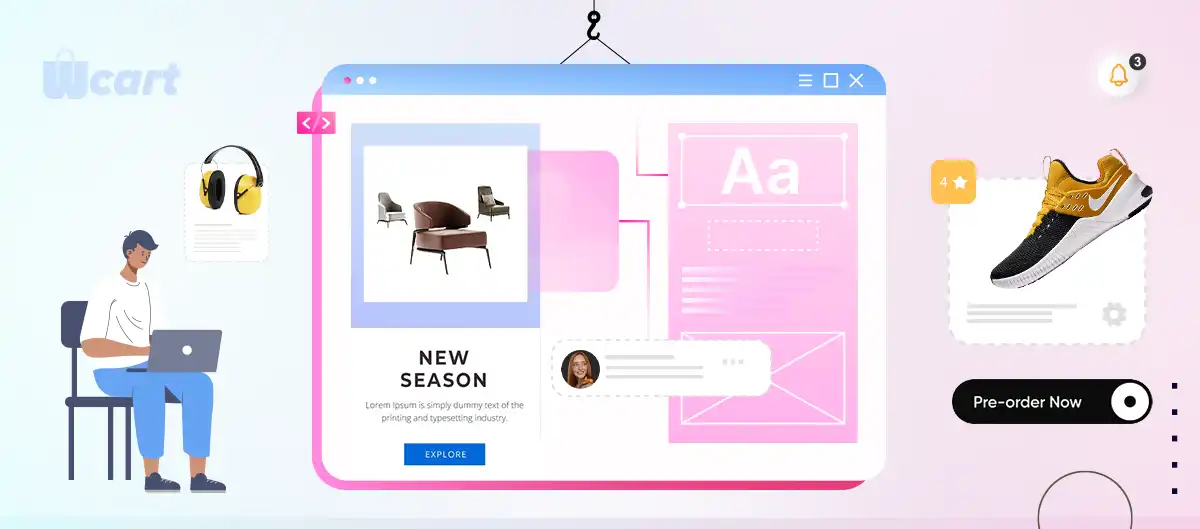



Leave a Reply